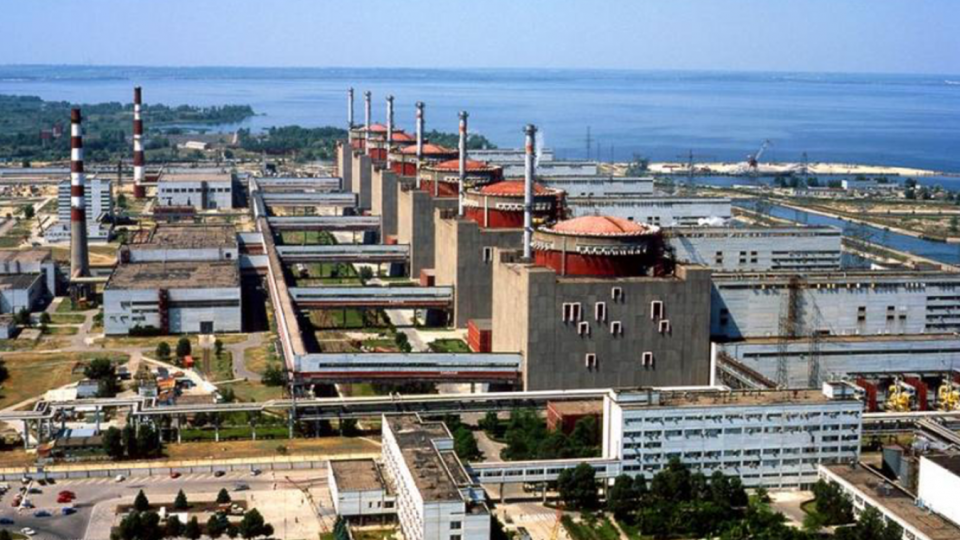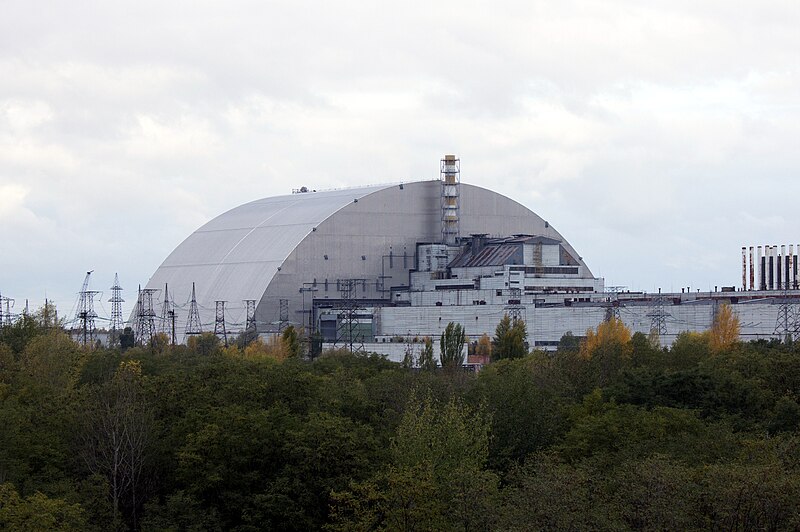Officials at Europe’s largest nuclear facility informed on-site experts from the International Atomic Energy Agency of the latest lost connection to the station on June 22, but due to security concerns the team was unable to access the location to confirm the damage. Just days earlier, more environmental monitors halted when they ran out of back-battery power during a 16-hour loss of power in the nearby city of Enerhodar.
Quotable: “The functioning of off-site radiation monitoring equipment is an essential part of nuclear safety around the world. These systems are important for continuously monitoring radiation levels and, in the case of an emergency, for quickly assessing the ongoing and potential radiological impact and what protective actions may need to be taken,” Grossi said.
“The loss of one radiation monitoring station does not have a direct impact on safety at [Zaporizhzhia], but it forms part of a continuous erosion of a range of safety measures during the war that remains a deep source of concern,” he added.
A closer look: As a major nuclear power country, Ukraine is among the 51 nations participating in the IAEA’s International Radiation Monitoring System (IRMIS), which gathers radiation monitoring data from more than 6,000 monitoring stations worldwide.
Radiation monitoring is one of the seven pillars for ensuring nuclear safety and security during an armed conflict.
The background: The Zaporizhzhia plant has been under Russian control since early 2022 when the nation began a military conflict with Ukraine. It stopped producing electricity in September 2022, and all six units are now in cold shutdown.
For months now, IAEA experts have reported hearing nearby explosions and drone activity. In April, they reported that “kamikaze drones” had damaged parts of the plant and killed one person. Some such drones are up to 11 feet long and 8 feet wide, and while they do not fire missiles they are armed with explosives.
The IAEA team continues to monitor the site through walkdowns, but access has been limited in some areas. On June 23, the team performed radiation monitoring during a walkdown within the site perimeter, as they do routinely once a week. All radiation levels on-site were normal, and the results were published on IRMIS.








